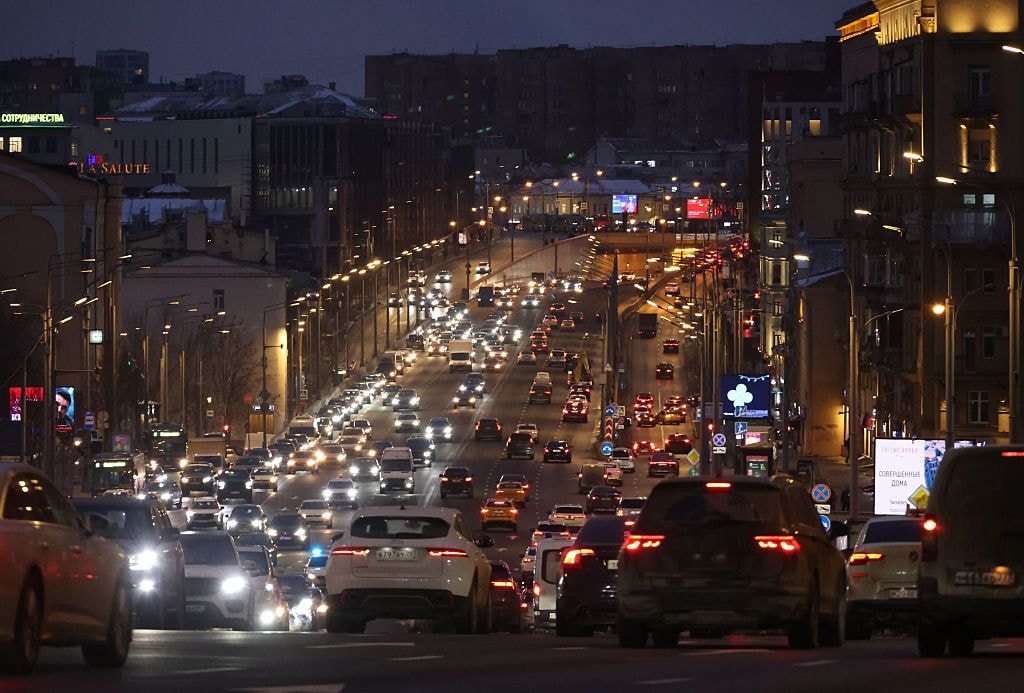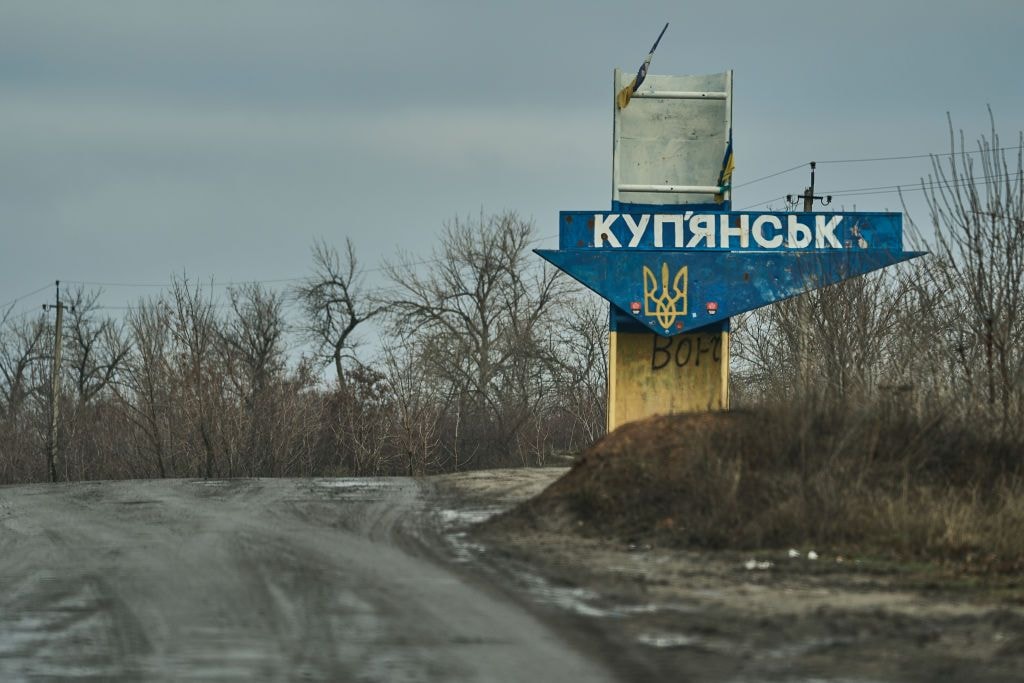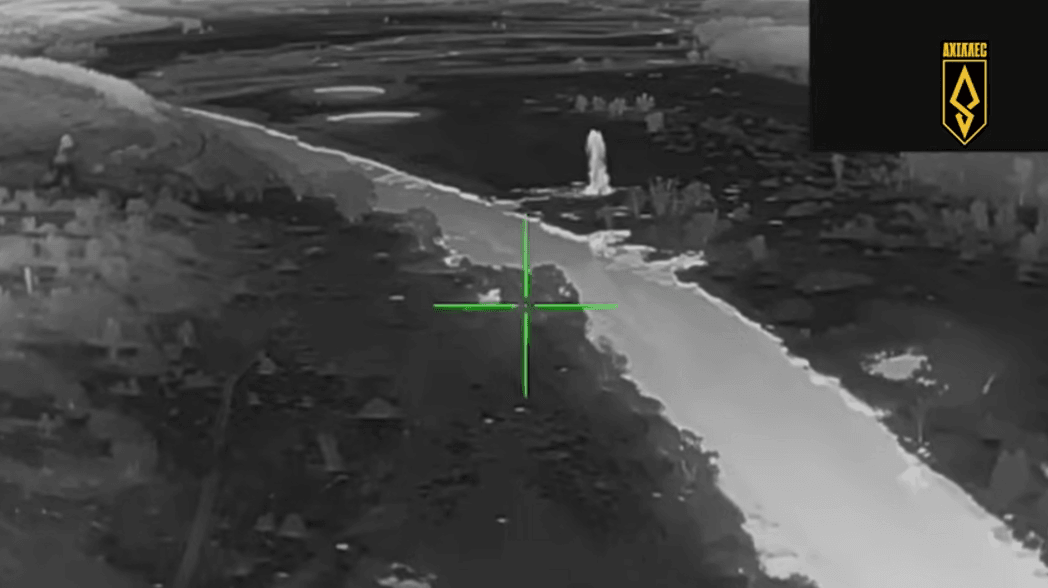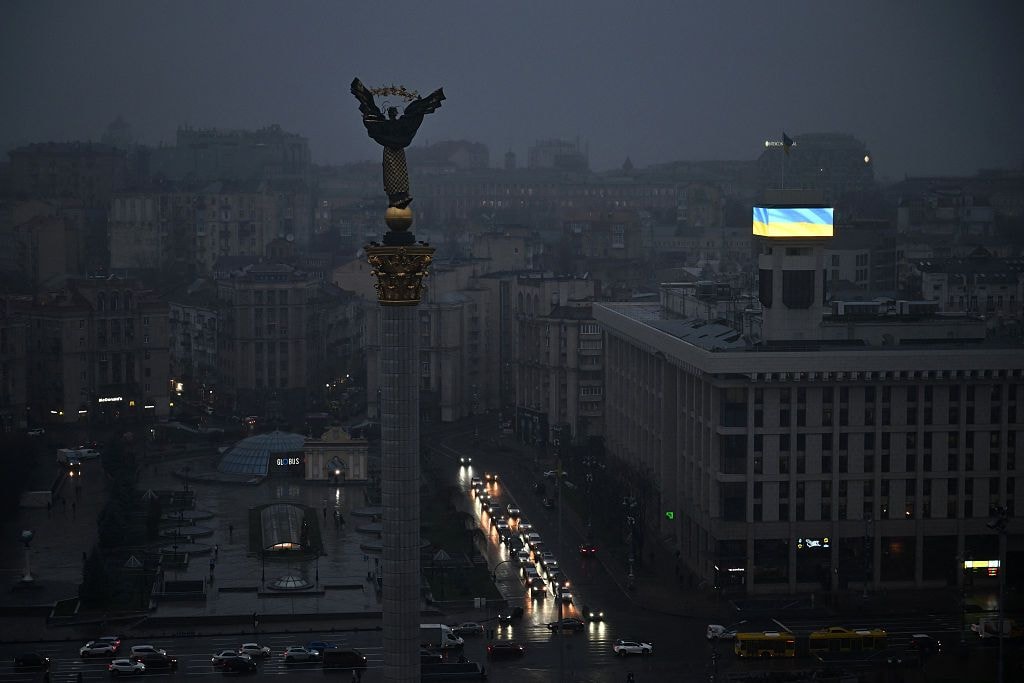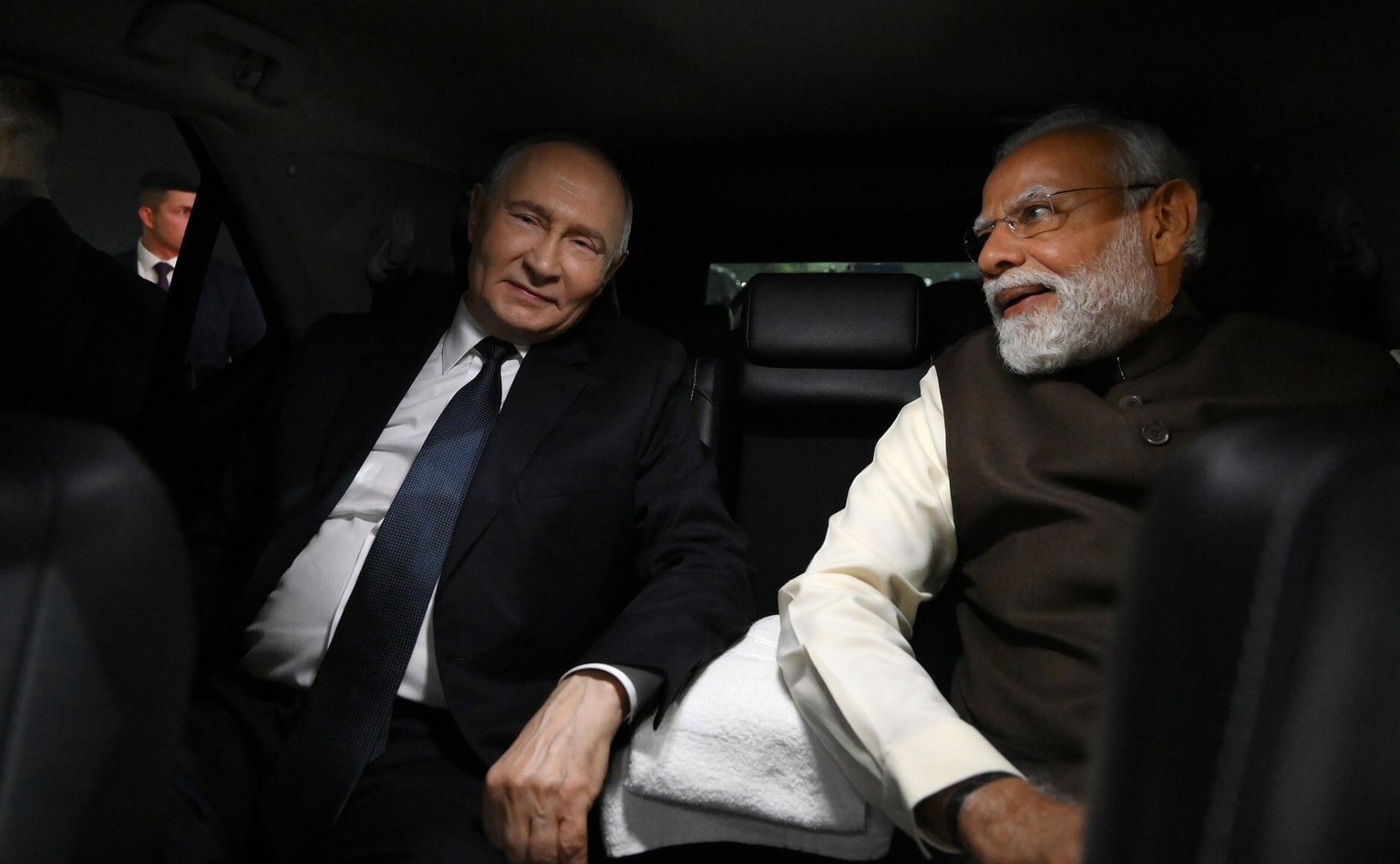
With cuts looming, it's time to reform Ukraine’s humanitarian aid system
Despite billions in aid, Ukrainian NGOs remain sidelined — donors must finally shift power and funding to local responders.
Police officers unload humanitarian aid from a train at the Kyiv-Pasazhyrskyi railway station in Kyiv, Ukraine, on March 3, 2022. (Dimitar Dilkoff/AFP via Getty Images)
Since Russia's invasion of Ukraine in February 2022, the international community has sent nearly $11 billion in humanitarian aid, with billions more from individuals, charities, and Ukrainians. The UN recently announced a new $3.3 billion appeal for 2025.
Yet, despite this support, key players in humanitarian aid — state donors, UN agencies, and International Non-Governmental Organizations (INGOs) — have missed a crucial chance to reform a broken, top-heavy system. This failure is especially concerning as Ukraine faces potential cuts to international aid in the coming months and years.
This is the conclusion of the latest “Annual Localization Survey,” conducted by Refugees International and the Ukrainian NGO East SoS. The survey, which involved 50 interviews with those who control or direct the bulk of international humanitarian assistance in Ukraine, found that UN agencies and INGOs still monopolize funding, leadership, and policy influence.
Despite widespread research showing that locally led humanitarian responses are more cost-effective (between 15.5%-32%, depending on the program), efficient, and better positioned to serve people in need amid donor cuts, international organizations continue to dominate.
According to FTS, less than 1% of the $11 billion in humanitarian aid sent between 2022 and 2024 went directly to Ukrainian NGOs. Unsurprisingly, cash and voucher programs, the largest type of international humanitarian intervention in Ukraine, are almost entirely managed by UN agencies and INGOs. Only 3.4% of more than $2.1 billion has been handled end-to-end by Ukrainian NGOs.
Direct funding to local groups from donors is widely recognized as crucial for improving humanitarian responses. It avoids the more costly, circuitous use of international intermediaries and empowers those who know the terrain best. Additionally, it strengthens the resilience and durability of local organizations by providing them with more funding to cover overhead costs and improve long-term capacity, helping ensure they will endure after international aid declines.
"Direct funding to local groups from donors is widely recognized as crucial for improving humanitarian responses."
Even when Ukrainian organizations receive funding and in-kind goods through UN agencies and INGOs as subcontractors — or “implementing partners” — the survey found that international actors retain the majority of funding despite Ukrainian partners doing most of the actual service delivery. This is particularly true along the extensive front line. International agencies also control the design and implementation of many aid programs, even though Ukrainian responders have made clear that this impedes their empowerment and service delivery.
Donors, including European states and the United States, claim they are working to empower Ukrainian organizations by funding them directly. However, progress has been hindered by two factors that no longer hold up.
First, some donors still assume that Ukrainian NGOs lack the capacity and systems to manage large grants that UN agencies and INGOs are accustomed to handling. This argument may have made sense in the early stages of the response, when many Ukrainian NGOs transitioned to humanitarian action from political and civil society programs. But as the response approaches its fourth year, data shows that a robust ecosystem of Ukrainian NGOs is handling large grants and complex requirements, well beyond the few that currently receive direct funding from major donors.
Second, the perception of corruption risks among Ukrainian NGOs no longer stands up to scrutiny. Across 32 donors, INGOs, and UN agencies surveyed, which have completed hundreds of audits, no respondent pointed to any substantial, confirmed cases of corruption by Ukrainian partners. While some noted minor program irregularities, such as misunderstandings regarding budget lines, the finding is significant given the high perception of corruption in other sectors in Ukraine.
Together with the cost-efficiency, effectiveness, and sustainability gains, donors should increase their support for Ukrainian responders by decisively shifting power and resources to them in 2025. This move is even more critical to mitigate the negative effects of any future cuts. The largest donors to the Ukraine response have an opportunity to embrace this improved approach, but their willingness to do so remains unclear.
"Together with the cost-efficiency, effectiveness, and sustainability gains, donors should increase their support for Ukrainian responders by decisively shifting power and resources to them in 2025."
U.S. President Donald Trump, for example, has frozen most foreign aid for a 90-day review and is trying to dismantle the main U.S. aid agency. Some advocates are holding out hope, however, that Trump will eventually shift resources directly to local responders, citing the position of a leading pro-Trump think tank before the election.
Regardless of what happens in the U.S., European Union states, which contribute the most humanitarian aid to Ukraine, can do much more to get funding flowing directly to Ukrainians. For instance, one leading EU state agency that cited national rules against direct funding to Ukrainian NGOs was surprised to learn from the authors that a separate agency within the same government was providing humanitarian funding directly to one of Ukraine’s largest NGOs.
The EU’s European Civil Protection and Humanitarian Aid Operations (ECHO) arm has similarly maintained that it cannot provide funding to non-European NGOs due to an EU regulation. However, the regulation also states that an NGO’s headquarters can be in the recipient country, which applies to Ukraine and many other countries.
Ukrainian humanitarian NGOs are rapidly building coordination and oversight mechanisms, solidarity networks, and operational partnerships to take over as aid budgets shrink and international actors reduce their role. Donors, UN agencies, and INGOs are encouraging these efforts. But with drastic budget cuts looming, more than just encouragement and pilot projects are needed. Seizing this moment will have lasting implications, not only in Ukraine but for many other humanitarian emergencies around the world that are no less deserving or ready.
Editor’s Note: The opinions expressed in the op-ed section are those of the authors and do not necessarily reflect the views of the Kyiv Independent.





